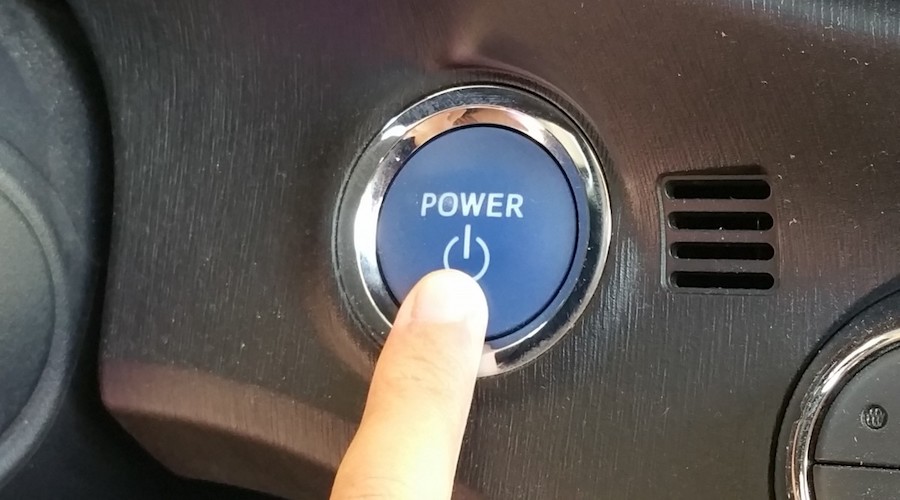New copper composite material to support wider EV adoption

To produce the lighter weight conductive material, the experts deposited and aligned carbon nanotubes on flat copper substrates, resulting in a metal-matrix composite material with better current handling capacity and mechanical properties than copper alone.
The researchers produced a metal-matrix composite material with better current handling capacity and mechanical properties than copper alone
Incorporating carbon nanotubes, or CNTs, into a copper matrix to improve conductivity and mechanical performance is not a new idea. However, past attempts at composites by other researchers have resulted in very short material lengths, only micrometres or millimetres, along with limited scalability, or in longer lengths that performed poorly.
This is why the team led by Tolga Aytug decided to experiment with depositing single-wall CNTs using electrospinning, a commercially viable method that creates fibres as a jet of liquid speeds through an electric field. The technique provides control over the structure and orientation of deposited materials and the process allowed them to successfully orient the CNTs in one general direction to facilitate the enhanced flow of electricity.
The group then used magnetron sputtering, a vacuum coating technique, to add thin layers of copper film on top of the CNT-coated copper tapes. The coated samples were then annealed in a vacuum furnace to produce a highly conductive Cu-CNT network by forming a dense, uniform copper layer and to allow diffusion of copper into the CNT matrix.
Using this method, they created a copper-carbon nanotube composite 10 centimetres long and 4 centimetres wide, with exceptional properties such as 14% greater current capacity, with up to 20% improved mechanical properties compared with pure copper.
“By embedding all the great properties of carbon nanotubes into a copper matrix, we are aiming for better mechanical strength, lighter weight and higher current capacity. Then you get a better conductor with less power loss, which in turn increases the efficiency and performance of the device,” Aytug said in the press brief. “Improved performance, for instance, means we can reduce volume and increase the power density in advanced motor systems.”




